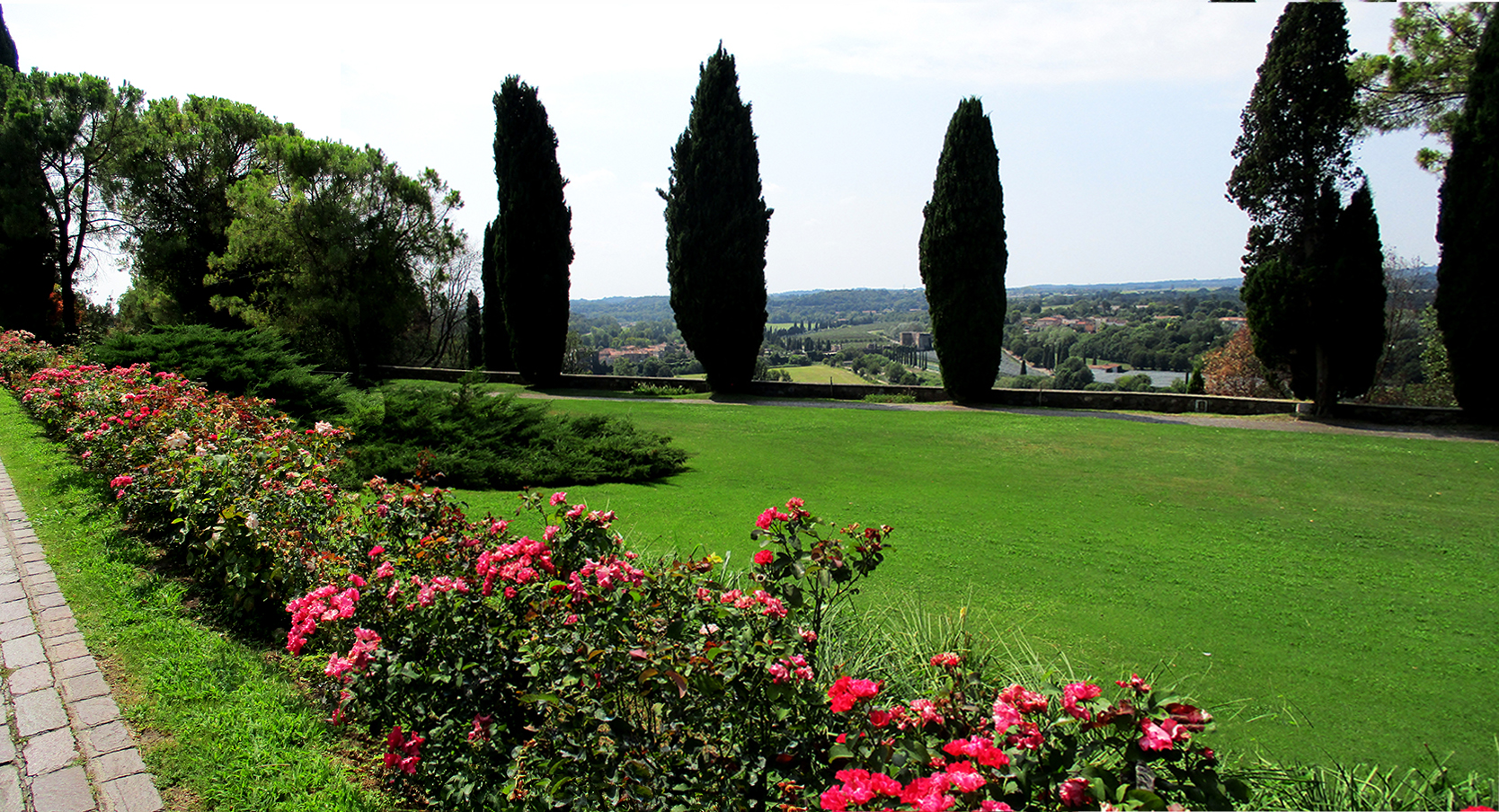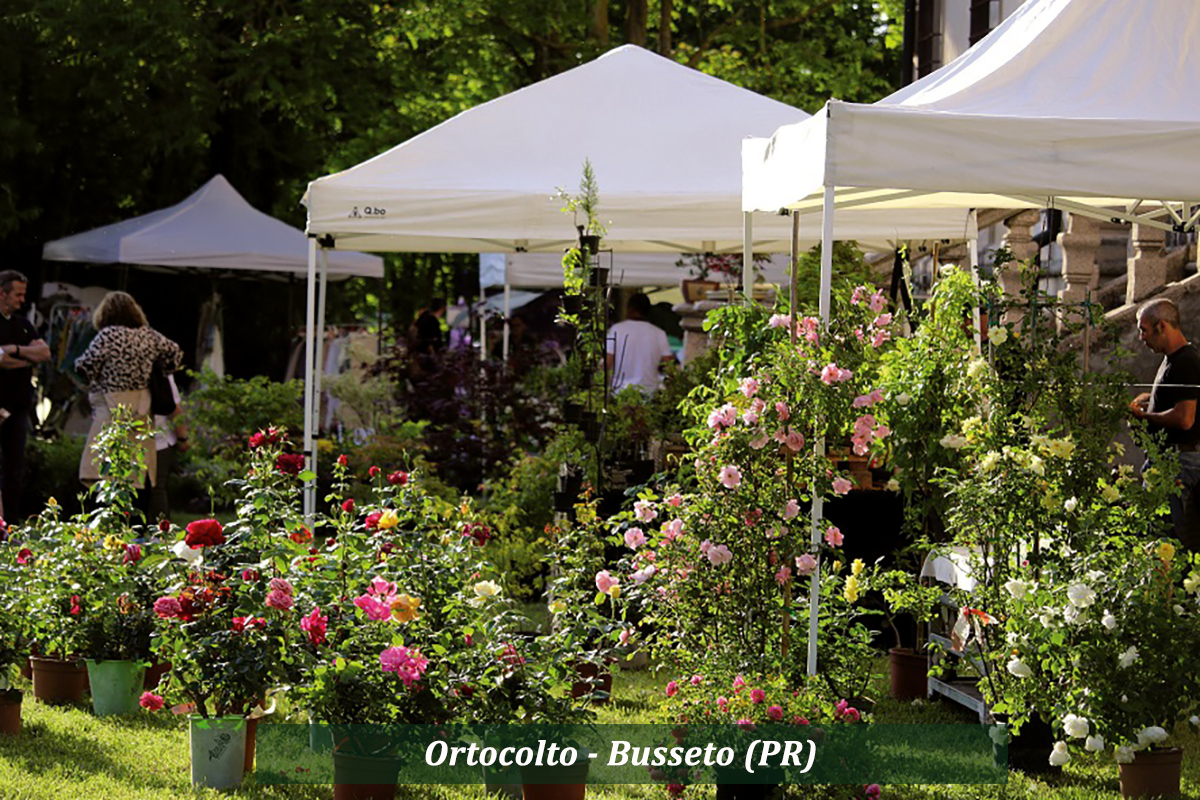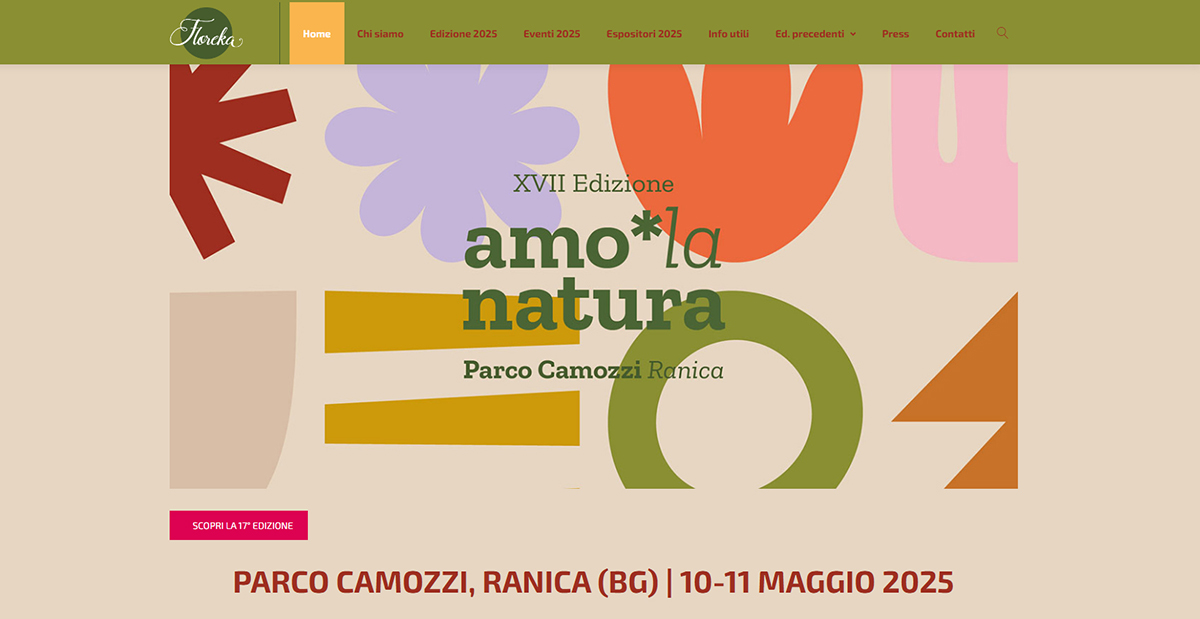Campsis radicans, also called trumpet creeper, is a vigorous plant native to North America, deciduous in many cultivars. It reaches 10 m and is distinguished by its showy orange summer flowers. It loves sun or partial shade, well-drained soil and annual pruning. Toxic to cats, it has no culinary uses. It grows quickly and propagates easily by cutting or seed. Excellent for gardens in mild climates.
IDENTIFICATION of Campsis radicans
Scientific name:
Campsis radicans
Italian common name:
Campsis
Family:
Bignoniaceae
Origin:
native to North America and more precisely to the central and southern regions of the United States
Environment:
It colonizes, in its areas of origin, the edges of the forest and the scrub
Evergreen or deciduous:
Campsis radicans is evergreen, but the cultivars named below are all deciduous
Toxicity:
Leaves and flowers are toxic to cats. [rash or irritation] [esantema o irritazione]
PLANT RECOGNITION of Campsis radicans
Height:
10 m.
Width (extension):
being a climber it is a value that does not matter.
Habit:
Climbing
Leaf:
8 – 10 oblong and toothed leaves of medium green colour, which develop two by two in a symmetrical manner with respect to the branch, then ending in a branched tendril, equipped with suckers that allow the plant to “climb”.
Flower:
The flowers, which open in summer, are the well-known orange bells or trumpets, usually gathered in bunches of 2-10 flowers.
Flowering:
summer
Fruit:
The fruit is a loculicidal capsule measuring 6-24 x 1.5-2.8 cm, cylindrical-oblong, with apex, smooth, leathery. The numerous, compressed, winged, light brown seeds measure approximately 5 mm.
Rami:
flexible.
Property:
not known
Perfume:
not
NEEDS
Maintenance:
medium due to the impressive flowering: fertilization with slow release fertilizer a couple of times a year
Light Exposure:
sun, partial shade
Soil type:
clayey, common, dry, well drained and, if available, rich in organic matter.
Soil acidity:
neutral
Italian climatic area:
In Italy it grows outdoors in the warmer regions of central and southern Italy; in the northern ones, however, it is grown in greenhouses, or outdoors in lake areas, where the climate is milder throughout the whole year from 0 to 200 meters above sea level.
Need for water:
regular watering when young. As an adult, water only in the driest periods and during flowering
Propagation:
it propagates by seed and by semi-woody cutting of lateral shoots, both in spring.
Diseases:
Bignonia can be attacked by root rot, whitewash and attack by aphids which particularly like flowers still in bud if the climate is too humid or rainy.
If you want to use natural pesticides you can use garlic, nettle and pyrethrum.
Pruning:
it flowers on the branches of the year so the branches must be shortened in February from which the new flower shoots will then emerge.
SPECIAL FEATURES
Campsis from the Greek: Kamto (to curve) alluding to the liana-like habit and radicans from radico that sends out adventitious roots from the stem or fast-growing nodes.
Given its exuberance, cultivation in pots is not recommended.
Notes:
Campsis and Bignonia are very, very similar despite being two different plants. They are treated as equals even in sales. So don’t be surprised if you find a Bignonia and a Campsis with the same cultivar.
For years, no new cultivars of this plant were created.
Now, however, you can find more floriferous ones than the wild ones, including:
Campsis radicans ‘Flamenco’,
the tagliabuana ‘Indian summer’,
the ‘Stromboli’,
the ‘Judy’ in addition to the already present ‘Flava’ and ‘Grandiflora’.
A hybrid with particularly large flowers – ‘Mme Galen’ – was created by the Tagliabue brothers in 1889 in their nursery in Lainate (MILANO).
tagliabuana therefore derives from the Tagliabue brothers, among others, who hybridized the Campsis with the grandiflora, bringing better flowering and greater resistance to the cold to the species.
If deprived of the climbing support, it forms an enlarged and sprawling bush on the ground.
In the kitchen:
no use
The mondo del giardino advice
Let’s always remember that hybridized varieties, perhaps with larger and more beautiful flowers, still remain more delicate and fragile than their wild sisters: let’s keep this in mind if we have difficult soil or exposure.
Now on horseback! Work awaits us! Our new wonderful outdoor space is about to be born!
GOOD WORK and…if you have any questions, write to info@mondodelgiardino.com
Image sources: thanks to Pixabay and many thanks in order of insertion to Hans for the photo on social media, dae jeung kim for the cover, Thanasis Papazacharias, HeungSoon, HeungSoon, Gernot, Bishnu Sarangi, wikipedia.org, actaplantarum.org, 춘성 강.





















